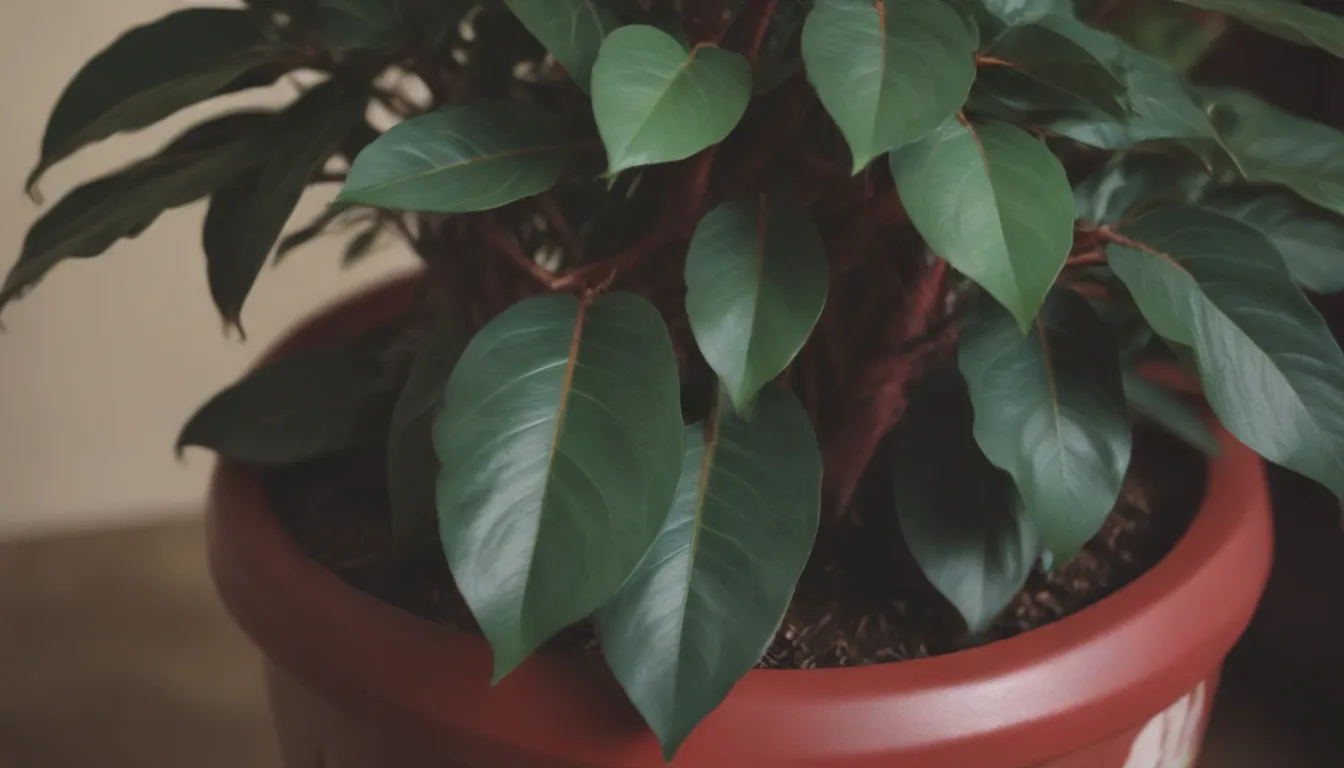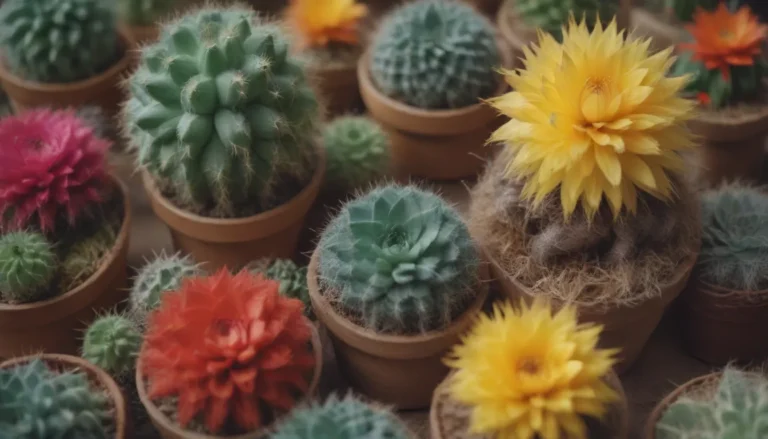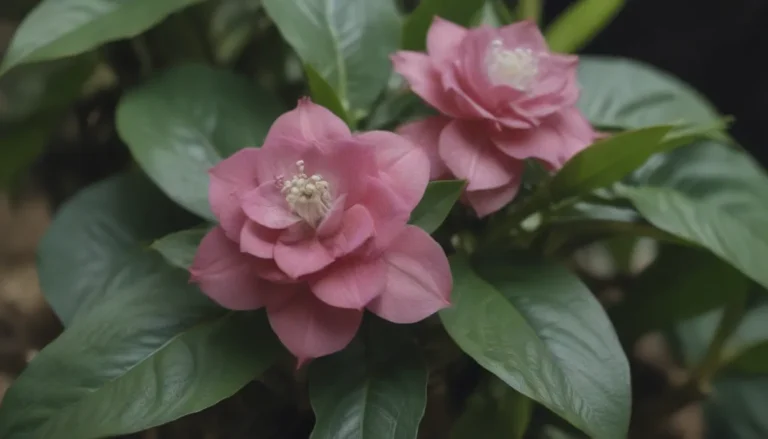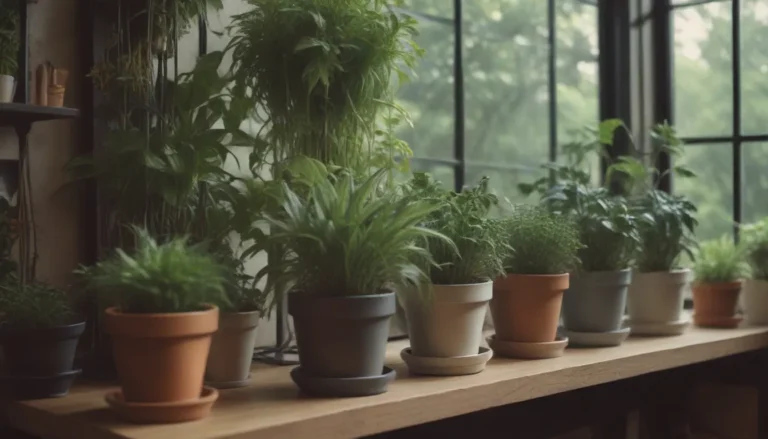How to Care for Ficus Ruby: A Complete Guide

If you’re looking to add a pop of color to your home, then Ficus Ruby is the perfect plant for you. This type of rubber tree features shiny green leaves edged in beautiful shades of pink, red, and cream, making it a vibrant addition to any indoor space. In this comprehensive guide, we’ll cover everything you need to know about caring for Ficus Ruby to help it thrive and maintain its colorful variegation.
Ficus Ruby Overview
Ficus Ruby, also known as Ficus elastica, hails from tropical regions in India and Malaysia, where it thrives in warm, humid conditions. To recreate its native environment in your home, follow these care tips to ensure your Ficus Ruby grows healthy and strong.
Light Requirements
One of the most crucial factors for Ficus Ruby’s growth and color vibrancy is the amount of light it receives. To ensure optimal growth and the most colorful variegation, place your plant in a spot with bright, indirect light. An east-facing window is ideal, as it provides less intense morning sun. If placing the plant near a west or south-facing window, make sure it’s positioned several feet away to avoid direct sunlight, which can lead to leaf burn.
Soil Needs
Ficus Ruby thrives in rich, well-drained potting mix that is slightly acidic or neutral in pH. Ensure the soil is well-aerated and provides adequate drainage to prevent waterlogging. A typical houseplant potting mix works well, or you can create your own blend using equal parts coarse sand, orchid bark, and peat or coconut coir.
Watering Tips
To keep your Ficus Ruby thriving, water it regularly to maintain even moisture levels in the potting mix. Check the soil moisture regularly and water when the top inch or two has begun to dry out. Avoid letting the soil dry out completely, as this can lead to root rot. Be cautious not to let the plant sit in excess water in its saucer or cache pot, as this can also cause issues.
Temperature and Humidity
While Ficus Ruby prefers warm, humid conditions, it can adapt well to average indoor temperatures ranging from 60°F to 80°F. Maintain humidity levels between 40 to 60 percent to mimic its tropical habitat. Keep the plant away from cold drafts or direct exposure to air conditioning vents to prevent stress.
Fertilizing Routine
Keep your Ficus Ruby healthy by feeding it with a balanced liquid houseplant fertilizer during the growing season. Dilute the fertilizer to half strength and apply every two weeks from early spring to the end of summer. Avoid fertilizing in fall and winter when the plant is in a dormant phase.
Pruning and Propagation Tips
While Ficus Ruby doesn’t require regular pruning, you may need to trim it back if it becomes too tall or outgrows your space. Use sterilized shears to remove up to 30 percent of the plant’s growth, preferably in late winter. Additionally, propagation is easy with Ficus Ruby. Take stem cuttings in spring and root them in a mix of peat moss or coconut coir and perlite for successful propagation.
Dealing with Pests and Common Problems
Keep an eye out for common houseplant pests such as scale, mealybugs, aphids, whiteflies, thrips, and spider mites. Use rubbing alcohol-soaked cotton balls to dab away pests or treat infestations with neem oil or horticultural soap. Additionally, address common problems like lack of variegation, yellowing leaves (a sign of overwatering), or leaf loss (caused by insufficient light or environmental stress) promptly to keep your Ficus Ruby thriving.
Ficus Ruby vs. Ficus Tineke
It’s worth noting the key differences between Ficus Ruby and Ficus Tineke. While both plants feature variegated leaves that start off with a pinkish tint, Ficus Tineke’s leaves mature into a green and cream variegation with pinkish veins. In contrast, Ficus Ruby’s leaves showcase a mix of cream, green, and pink or deep red hues, adding a bold splash of color to your indoor oasis.
So, if you’re looking to brighten up your home with a striking tropical plant, consider adding Ficus Ruby to your collection. With the right care and attention, this vibrant rubber tree will thrive and bring a touch of exotic beauty to your indoor space. Remember to provide it with ample light, proper watering, and regular maintenance to keep it looking its best. Happy gardening!
Reference: ASPCA.org





